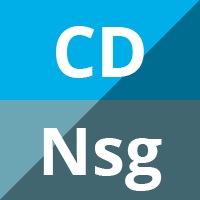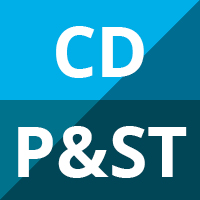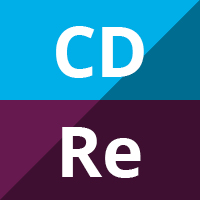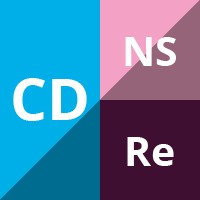
Antiplatelet therapy for preventing stroke in patients with non-valvular atrial fibrillation and no previous history of stroke or transient ischemic attacks
Abstract Background Non-valvular atrial fibrillation (AF) carries an increased risk of stroke. Antiplatelet therapy (APT) is proven effective for stroke prevention in most patients at high-risk for vascular events, but its value for primary stroke prevention in patients with non-valvular AF merits separate consideration because of the suspected cardioembolic mechanism of most strokes in AF […]

Ginkgo biloba for acute ischaemic stroke
Abstract Background Ginkgo biloba extract is widely used in the treatment of acute ischaemic stroke in China. We aimed to assess the evidence from randomised controlled trials and quasi-randomised controlled trials on the use of Ginkgo biloba extract in acute ischaemic stroke. Objectives The primary objective was to determine whether Ginkgo biloba extract improves functional […]

Triflusal for preventing serious vascular events in people at high risk
Abstract Background Aspirin is the standard treatment for secondary prevention of stroke and other vascular events. Several studies suggest that triflusal may have a better safety profile. Objectives To determine in people at high risk of vascular events whether triflusal is an effective and safe treatment for primary and secondary prevention of serious vascular events. […]

Corticosteroids for aneurysmal subarachnoid haemorrhage and primary intracerebral haemorrhage
Abstract Background Corticosteroids, particularly dexamethasone, are commonly used for treatments in patients with subarachnoid haemorrhage (SAH) and primary intracerebral haemorrhage (PICH) despite the lack of evidence. Objectives To determine: (1) whether corticosteroid therapy reduces the proportion of patients who die or have a poor outcome at one to six months after the onset of SAH […]

Oral anticoagulants for preventing stroke in patients with non-valvular atrial fibrillation and no previous history of stroke or transient ischemic attacks
Abstract Background Non-valvular atrial fibrillation (AF) is associated with an increased risk of stroke mediated by embolism of stasis-precipitated thrombi from the left atrial appendage. Objectives To characterize the efficacy and safety of oral anticoagulants (OACs) for the primary prevention of stroke in patients with chronic AF. Search methods We searched the Cochrane Stroke Group […]

Percutaneous transluminal angioplasty and stenting for vertebral artery stenosis
Abstract Background Surgery for vertebral artery stenosis is technically difficult, potentially hazardous and is not considered in most centres. There is growing evidence from case series that vertebral artery stenosis may be treated endovascularly by percutaneous transluminal angioplasty and stenting. This may be a feasible alternative to surgery to relieve symptoms caused by significant stenosis. […]

Acupuncture for acute stroke
Abstract Background Acupuncture-like sensory stimulation activates multiple efferent (nerve) pathways leading to altered activity in numerous neural systems. Acupuncture is widely accepted by Chinese people and it is increasingly requested by patients and their relatives in Western countries. Objectives To assess the effectiveness and safety of acupuncture in patients with acute stroke. Search methods We […]

Supportive devices for preventing and treating subluxation of the shoulder after stroke
Abstract Background Supportive devices such as slings, wheelchair attachments and orthoses have been used to treat subluxation of the shoulder after stroke. Objectives To investigate the effect of supportive devices in preventing subluxation, re-positioning the head of humerus in the glenoid fossa, decreasing pain, increasing function and adversely increasing contracture in the shoulder after stroke. […]

Force platform feedback for standing balance training after stroke
Abstract Background Standing balance deficits are common in individuals after stroke. One way to address these deficits is to provide the individual with feedback from a force platform while balance activities are performed. The feedback can take visual and/or auditory form. Objectives To determine if visual or auditory force platform feedback improves the clinical and […]

In-hospital care pathways for stroke
Abstract Background Stroke care pathways have the potential to promote organised and efficient patient care that is based on best evidence and guidelines, but evidence to support their use is unclear. Objectives To assess the effects of care pathways, compared with standard medical care, among patients with acute stroke who had been admitted to hospital. […]

